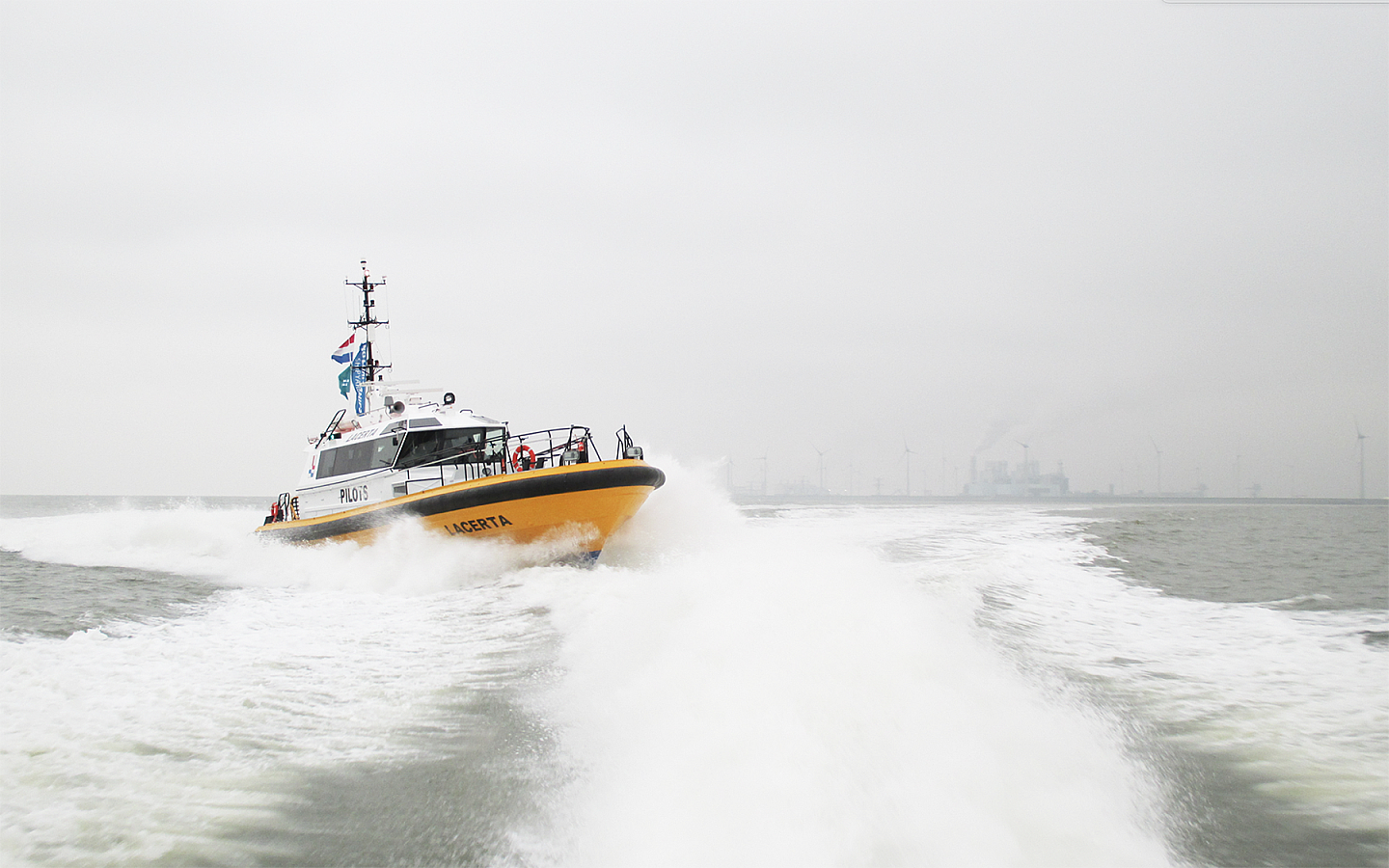As Europe’s largest port, Rotterdam-Rijnmond is intensely trafficked and populated with terminals, refineries, and chemical factories. To ensure optimal accessibility of the port, sea vessels operating in this region are piloted by highly trained professionals who specialize in navigating the local waters.
“Schuberg Philis is an integral part of our Dutch DevOps team. Together they make the Rotterdam harbor digitally smarter each year.”

